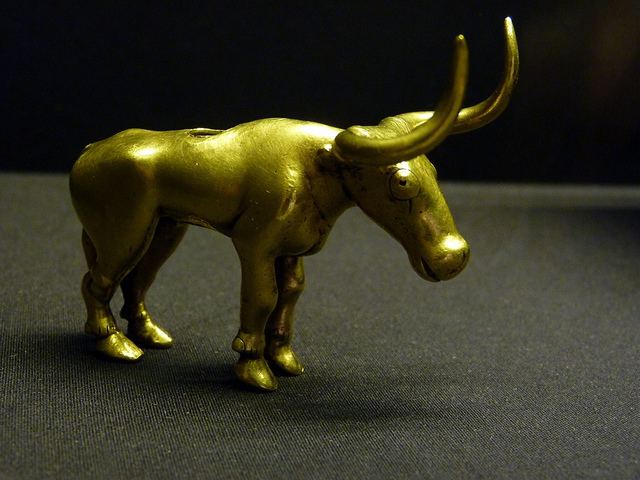 | ||
The Maikop kurgan (also Maykop), excavated by Nikolay Veselovsky in 1897 near Maikop, Adygeja, Kuban, Southern Russia, is the eponym of the Early Bronze Age Maikop culture of the Northern Caucasus.
Contents
Description
The kurgan had a height of about 10 m and a circumference of about 200 m. It revealed two burials, the central one with rich grave goods, including golden and silver bull figurines.
Chronology
According to David W. Anthony, the author of the book The Horse, the Wheel, and Language, the Maikop burial was contemporary with the first cities of Middle and Late Uruk-period Mesopotamia, 3700-3100 BCE.
Literature
References
Maikop kurgan Wikipedia(Text) CC BY-SA
